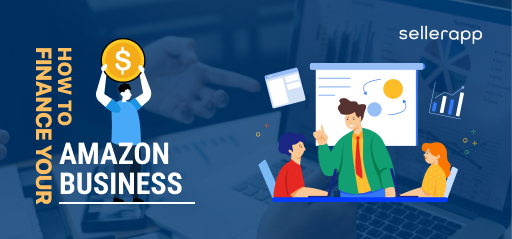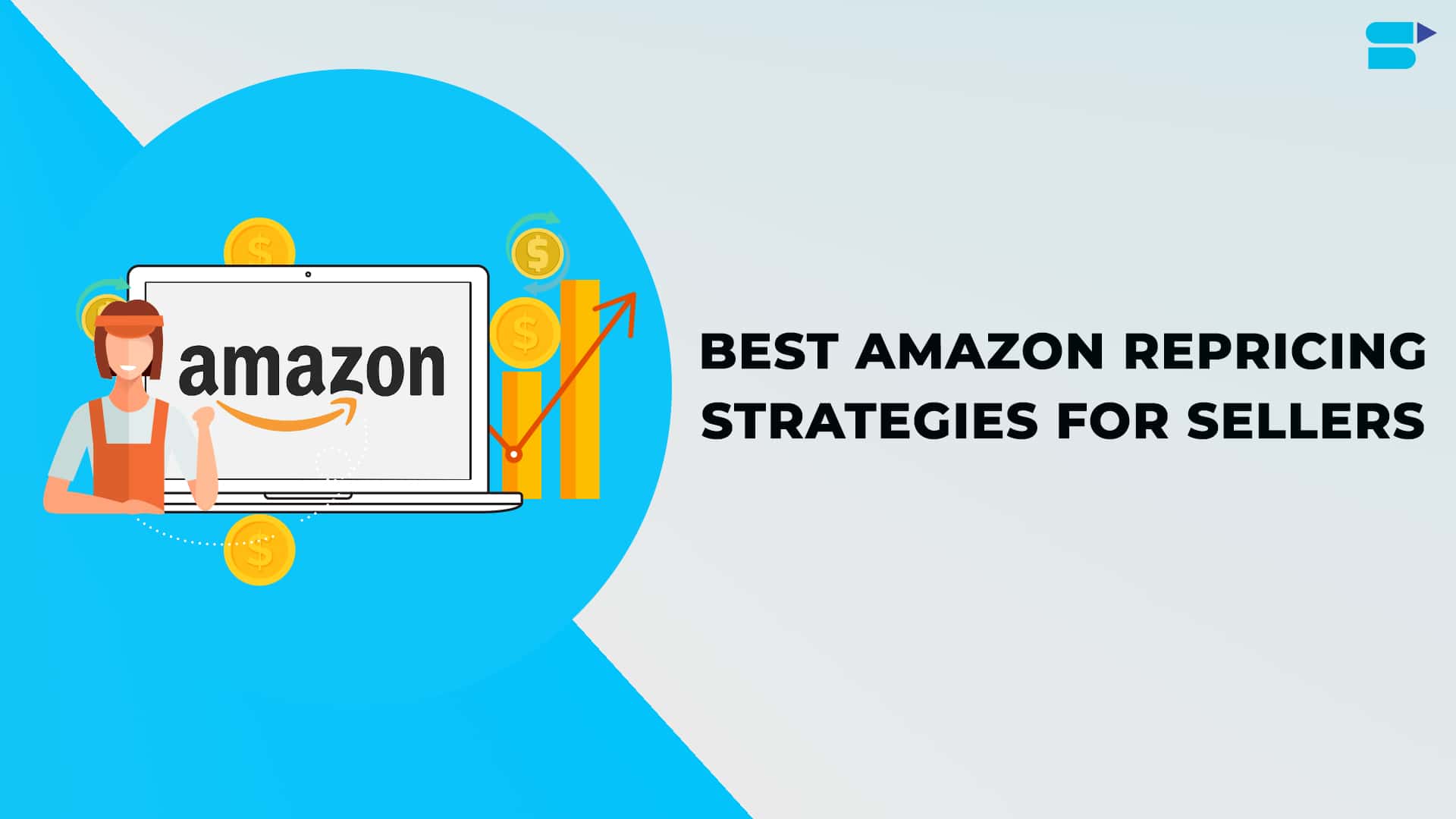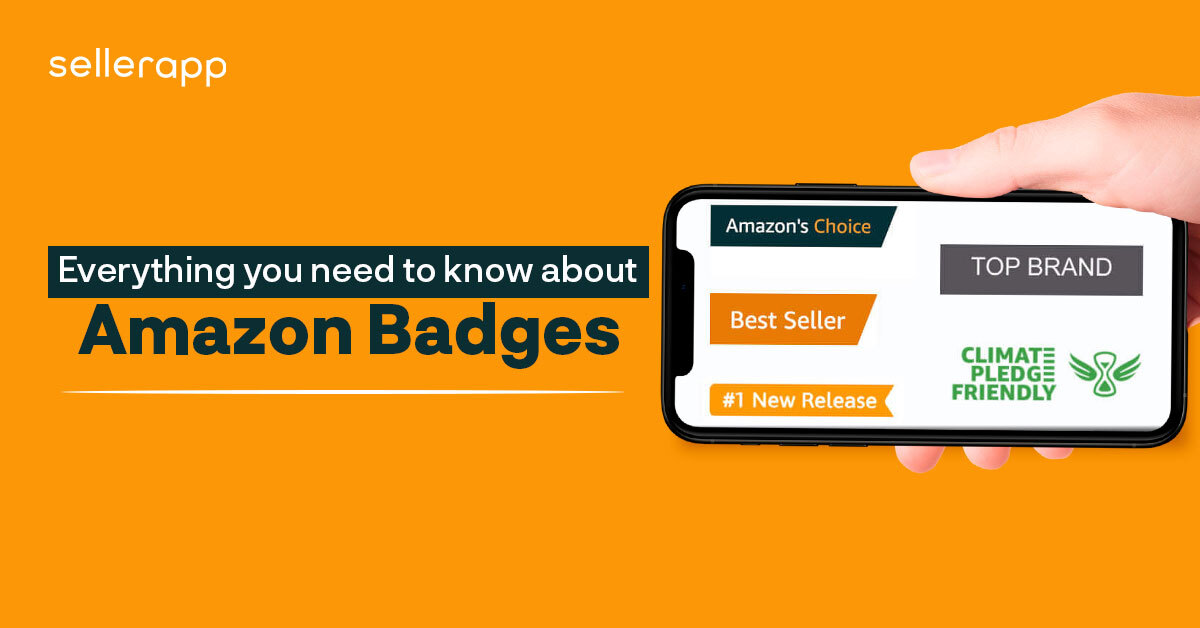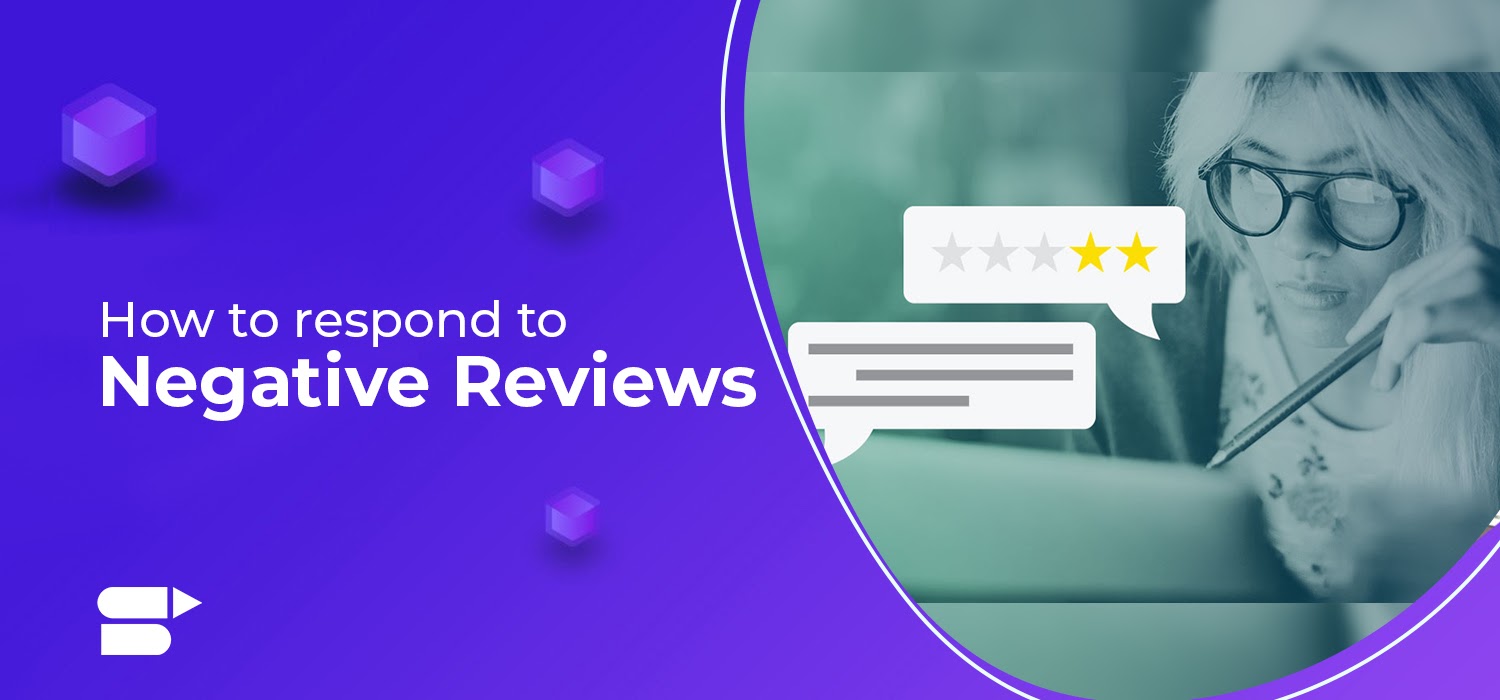Ultimate Guide on Amazon Business Financing

As we all know, the Amazon retail business is booming, but those who want to take their revenue and profits up a notch sometimes need adequate capital to do so. Expanding your operations and increasing inventory can be difficult without sufficient cash or bank account balance – which is not always what new businesses are equipped with during their early stages of growth.
Not to mention, the infusion of working cash can get even more complicated without the access or opportunity for loans! And banks may not seem like the best option for financing your Amazon business for online businesses may not have physical collateral.
This further adds complexity to the business-lending environment because banks are used to lending money only in environments where there’s some form of tangible property at stake. Therefore, it’s hard to qualify for a loan from banks for online businesses, even if you have been in the industry for several years and witnessed enormous success.
Also, banks don’t like to provide small loans, so it’s obvious to Amazon sellers with low-value products and less inventory to not be approved of a bank loan.
Getting the right kind of Amazon business financing before your revenue is steady can hurt your business and leave you in debt. But waiting too long for funding may affect your business as well – you may lose out on some great product deals and potential growth opportunities. So, what should you do?
Read more: Debt & Equity Financing
Amazon FBA Loan – How to Finance your Amazon Business?
If you are considering borrowing money, it is important to think about your goals for the loan and what kind of financing will best suit you. Ask yourself the following questions – Do you want to increase your inventory for the holiday season? Will you be able to get a good deal on a bulk purchase of products? Do you want to run an ad campaign and advertise your products on social media channels?
After you have gained a clear picture of your requirements, do a careful review of your business finances and annual cash flow to get a clearer picture of your current scenario. Before you jump right into research, it’s important you think like a lender. Here are a few things to consider:
- Check your credit score to understand your risk level.
- Ask yourself how quickly you need the funds.
- Determine how much time you require paying back the funds.
If you have time constraints and bank loans seem too tedious for you; do not lose hope for there are several better alternatives when it comes to fast capital loans. Entrepreneurs looking to bolster their cash flow quickly might consider options to raise funds with invoice factoring, providing immediate capital based on outstanding receivables. They usually come with shorter application and approval processes.

How does Amazon Financing Work?
Amazon has a unique positioning for offering loans to its sellers. Its foray into banking has been a long time coming. Based on its existing strategy in financial services, what Amazon is launching and building gives us insights into the company’s future goals. In particular, it appears that they are focused on supporting their core strategic goal of increasing participation in the Amazon ecosystem.
Amazon has made several strategic investments that aim to increase the company’s merchant and consumer bases. The company has launched tools that aim to:
- Increase number of merchants on their platform
- Enable sellers on their platform to sell more products without any friction.
- Increase customer traffic on their platform through various credit programs like Amazon Pay Later
Amazon is on a roll with investments in the fintech sector. With an eye towards international markets, Amazon has made some great bets to help support its goal of dominating retail. For example, Amazon India, and Mexico are two countries that have seen investment from the company in high amounts to foster more engagement on the platform.
The company is making banking more accessible and convenient than ever before by taking the core components of modern-day banking experience — online bill pay, personal loans, debit cards with no overdraft fees or monthly service charges, etc., tweaking them in ways designed both for Amazon customers and sellers.
In 2011, Amazon started lending funds as an initiative to break into the small business industry and help Amazon sellers in expanding their operations with easy financing options. It also rolled out various credit card products for its consumers in the same year itself. However, in this article, we are mainly focusing on Amazon Financing Options for sellers only.
Amazon Finance Options – How does Amazon Business Financing work?
Amazon sellers are often left without any financing options, especially if they’re at the beginning of their careers. Fortunately, these entrepreneurs now have many new avenues to find funding for their businesses. These Amazon Business Financing Options include:
1. Amazon Lending
Amazon Lending is a program in which Amazon offers short-term business loans to qualified sellers so that they can finance additional inventory and expand their market reach. Loans are invitation-only, meaning potential borrowers need to prove themselves to be worthy of the loan by operating at an upper-tier on the marketplace with high sales volume for long periods of time before they could get funds from Amazon. The amounts offered start from $1,000 and may go up to $750,000 depending on how much money you want and what type of collateral you have.
Amazon Lending is Amazon’s latest push into the small business lending industry. It was started in 2011 as an initiative by the company to break into this market and offer a quick, easy way for eCommerce businesses owners to expand their operations with little hassle or waiting time.
Interest Rates
Amazon does not disclose how much interest it charges from sellers, but the rates can vary depending on your account and sales metrics. Sellers who have reported receiving a rate anywhere from 3% APR all the way up to 17%.
Who can get an Amazon Loan?
Now, that we have already discussed what Amazon Lending is all about, let’s find out who is eligible for this loan. This program is only for small business owners who sell on the Amazon Marketplace.
Although Amazon Lending is only available for Amazon Sellers, there are several metrics that decide the eligibility for this program. The program is invite-only, meaning you can only leverage their funding if the company offers you to do so. Amazon sends these to sellers directly through their Seller Central Account.
If you are wondering what are the Amazon Lending requirements or who can lend from Amazon – Amazon hasn’t disclosed this information. However, according to the Amazon seller forum threads, one can decipher some of the parameters which determine the eligibility of the Amazon Lending Program. They are:
- Selling on Amazon for at least a year
- Total sales of at least $10,000 in the past 1 year
- Customer satisfaction metrics
- No grave customer complaints in the last six months
- No outstanding copyright or trademark violation complaints
- Compliance with Amazon listing guidelines
Amazon Lending is the perfect option for entrepreneurs looking to grow their businesses. Unlike banks and other lenders, Amazon does not require any of the requirements like bank statements or annual revenue or tax returns – Amazon does not check your credit score.
Who is this best for?
The Amazon business loan is best for those who are looking to grow their company and increase sales. But it’s only a good idea if are using the funds to better your inventory.
How to decide if Amazon Lending is right for you?
If you’re offered an Amazon loan, there are several reasons why they can be beneficial for you. Although there are many advantages that come with it, it has some downsides that you must keep in mind too. So, without much ado, let’s examine the pros and cons of Amazon Lending –
Pros:
- Amazon does not check your credit score
- Amazon Loans are approved within 5 days. Some sellers have also claimed to have gotten the loan within 2 days.
- The amount is credited right into your seller account balance
- No requirement of origination fees, application fees, or pre-payment fines.
- Funding amount and terms are based on your metrics and sales history
- Low rate of interest. According to the seller forum threads, the maximum interest rate one can expect is around 16% for an Amazon loan with a 12-month term.
Cons:
- More dependence on Amazon – from selling products to taking loans
- Funding can only be used to restock inventory
- Short-term loans with high monthly fees
- Collateral Loan, meaning if you fail to repay the debt, Amazon has the right to claim your inventory and recoup the loan.
- If your sales begin to decrease, you may have trouble repaying the debt.
- Fixed amount deduction monthly from your seller central account
2. Amazon Line of Credit
As an Amazon Seller, you have a variety of financing options at your disposal. If Amazon Lending isn’t the right fit for you or if not enough capital is offered, another option to consider is the line of credit.
Amazon has recently partnered with Goldman Sachs to provide its sellers with the option of “Business Line of Credit”. This line allows for flexibility and the ability to request funds when the need arises, instead of taking one large lump sum.
With lines of credit from online lenders, applying for a loan can be done in minutes. Approval doesn’t mean you have to take the funds either! You can hold on to this funding and only borrow it when your Amazon business needs it. Most online lenders charge simple monthly fees ranging anywhere from 1.5% – 10%. There are no penalties if you want prepayment, but most terms range between 6-18 months with APR based on the type of lender you apply through.
Interest rates
You can borrow up to $1 million from online lenders, and the length of your loan is generally flexible. You’ll enjoy interest rates ranging from 6.99% – 20.95% APR.
Who can get this Loan?
Amazon and Goldman Sachs have teamed up to offer a new line of credit for small businesses. Every seller’s experience will be a little different, as Amazon or Goldman Sachs does not provide much information about loan eligibility. Once Amazon verifies eligibility by checking your merchant data with Marcus, they share that data with Goldman, so it can underwrite an interest rate in return for their business revenue data.
Since it’s an invitation-only program, When you click on the invitation, you’ll be redirected to Marcus’ website to check your eligibility and complete the application process.
Who is this best for?
For businesses looking to grow on Amazon, the line of credit is a great way for you to avoid interest rates and get your cash. The Amazon Line of Credit is a unique opportunity for entrepreneurs and businesses owners to secure access to cash when you actually need it, as a result, it is considered more flexible than Amazon Lending.
How to decide if Amazon Line of Credit is right for you?
Let’s dive into the pros and cons of Amazon Line of Credit to better understand if it’s the right fit for you:
Pros
- Alternative financing option for Amazon Sellers that is flexible in nature
- Use the funds when you need them
- Use these funds to meet inventory and staffing needs, product development, and brand awareness through sponsored ads
- Loan sanctioned can go up to $1 million
- The application process is completely digitized and takes minutes to be completed.
- No fluctuations in interest rates
Cons
- Credit rates may be very higher than Amazon Lending
- If 30% of the credit line is not used, you have to incur maintenance fees
- Late payment fees applicable
- Invitation-only program. You cannot apply for it on your own.
- Goldman Sachs is in charge of the underwriting process, therefore, Amazon will not control it.
3. Merchant Cash Advances
Merchant cash advances are a speedy way to access funds when you need them. Unlike most other loan providers, these loans can be sanctioned within hours of approval! MCA is based on the concept of “future paycheck”, i.e. the lenders offer businesses cash advances against future sales.
Applying for a merchant cash advance is a quick and simple process. If your application is approved, you will receive the lump-sum amount within a few business days.
The amount sanctioned by MCAs can range from a few thousand dollars to over $200,000. Remember, no matter how big the loan amount is, the payback time is usually short – 18 months or less.
The lender will typically charge a percentage of sales, usually on a daily basis, as a payback. Repayments are usually charged from credit card or debit card registered sales. Cash or check sales are not included in this daily quota of repayment.
Businesses with lower rates of credit and debit sales may opt for ACH payments where the money is deducted from the seller’s business bank account.
Interest Rates
Finding the cost of an MCA loan can be tricky since it’s not based on interest rates or annual percentage rates (APR). When calculated as APR, your total price for borrowing comes out a lot more costly than other types of business loans.
Instead of having some sort of fixed interest rates that stay consistent throughout your entire term-length and repayment period, MCAs are instead based on factor rates. Usually, the factor rates fall between 1.2 to 1.4. These rates are used to calculate the total cost of your loan sanctioned by MCA.
Who can get this Loan?
For Amazon sellers to qualify for Merchant Cash Advance, they have to meet the following criteria:
- The applicant must own an established company with stable finances
- The seller must accept credit card payments.
- The minimum annual revenue of the business should meet the needs of the lender
- The seller must have a decent CIBIL score that aligns with the requirement of the financial service company.
Documents Required to Apply for Merchant Cash Advance
- PAN Card
- State-Issued Identity Proof
- Proof of business address
- Statutory documents of the business
- Bank Statement of a current account for the past 12 months
- Documents with details of all existing loans
- Financial documents for the past 2 years – Tax Returns, Balance Sheet, and Computation Sheet
- Proof of Annual Sales
- Order Copy
- KYC documents
- Bank transaction statements of the POS machine for a year
Who is this best for?
Amazon business owners who are short of time can avoid waiting on loans or grants with MCA, which offers quick access to funds for funding an expansion in their company’s ever-growing success!
How to decide if MCA is right for you?
To understand if MCAs are good for your Amazon business, let’s analyze their pros and cons for a clearer picture.
Pros
- MCAs offer a lot of flexibility with respect to the funds sanctioned. You can use the amount as you see fit and avail lots of payment options for repayment. For example, if your repayment plan is based on sales percentage, you don’t have to pay when your sales are too low or stagnant.
- Quick and Simple Application process
- No Collaterals Required
Cons
- Higher costs compared to other loans like Seller Funding or Amazon Line of Credit
- A major chunk of sales goes into repaying MCA loans.
- You cannot change your merchant processor account until the entire amount is paid back
How to apply for MCA?
If you are an Amazon Seller with short-term fund needs, you can apply for MCA using the following methods:
- To apply for MCA, fill out the application form along by providing necessary details about your business like business tax ID, social security number, etc.
- Provide credit card processing documents and bank statements for verification. Submit identity proof and PAN Card details for the same.
- Once applied, the Merchant Cash Advance application will be reviewed. It takes 24 hours for the approval process.
- Credit Card Processor needs to be changed.
- Before the credit amount is sanctioned, the lender and the business owner will have to finalize the details like advance amount, payback amount, term of advance, payment percentage, and other necessary details.
- Once the formalities are done. The amount is credited to the applicant’s bank account and the process of repayment through the merchant’s account begins automatically.
4. SBA Microloan
The U.S. Small Business Administration(SBA) offers microloans as small as $500 and goes all the way up to a maximum of $50,000 with terms between 6 months -6 years to businesses for expansion. An SBA-backed microloan provides funds to designated intermediary lenders who then offer qualified applicants loans at their discretion based on guidelines set by the agency itself.
Interest Rates
Interest Rates range from 8% – 13% APR (annual payment rate) depending on the type of lender you choose.
Who is eligible for this?
Each intermediary lender comprises specific lending and credit criteria. However, business owners applying for a microloan should be aware that intermediaries will usually need some type of collateral, and the personal guarantee of the business owner. There are other metrics too based on which a microloan is sanctioned. They are:
- It should be a for-profit small business
- Lends to businesses not eligible for a traditional bank loan
- The business should not have any bankruptcy record in the past 2 years
Who is this best for?
If you are a small business owner with little to no experience in retailing, or if your credit score is less than average, this lending option could be appropriate for you.
How to decide if SBA is right for you?
Pros:
- Use the funds for inventory, supplies, staffing and equipment
- Meant for for-profit business owners, perfect for non-profit organizations.
- Get up to $50,000 (average microloan is $13,000)
- No minimum personal credit score threshold
- Get business mentoring programs
Cons:
- Cannot be used to pay debts or to invest in Wholesale real estate
- The application process is longer than other Amazon Finance options
- Require written business plan
- Mandatory personal Financial Statements
- Mandatory business licenses and permits
- Collateral or personal guarantee required
How to Apply for SBA?
The Small Business Association (SBA) is a government organization that works with designated intermediary lenders across the country to provide financing to small businesses.
To find an approved loan provider involved in SBA’s Microloan program, click here!
5. Peer to Peer Loans
A new wave of funding sources is emerging that could help you get the funds you need for your small business. Peer-to-peer lending works as a model where lenders offer loans to small businesses if they like their profile.
With peer-to-peer lending, you don’t submit an application to a lender. Instead, you create a profile on a P2P website. The process is fairly simple. Post the amount you wish to borrow on this website and specify the interest you are willing to pay. Potential investors bid on your loan if your credit history looks good to them.
However, credit scores are not the sole factor in determining eligibility for Amazon business funding – the platform does require this information, but each lender has different requirements with regard to loan disbursement. They take into consideration certain factors like how much debt needs to be repaid relative to income, the reason behind lending funds, and upcoming plans for loan approval.
Interest Rates
Interest rates usually vary from lender to lender. It usually ranges from 4.52% to 9.5% depending on your lender choice. With peer-to-peer loans from companies such as Prosper Plus Venture Funding LLC., Lending Club Corporation & Kabbage –you won’t have to pay very high-interest rates, and the loan amount is usually disbursed based on your sales volume.
Who can apply for this loan?
Any start-up or newly emerged business with a decent credit history and good sales volume is eligible for this loan.
How to decide if P2P is right for you?
Pros:
- Variety of loan types available for all kinds of businesses
- Perfect for e-commerce businesses
- Usually does not map your eligibility solely on credit score
- You don’t have to pay anything until you start using the funds
- Easy integration with bank account and seller accounts
Cons
- Approval and Funding Time may be longer than other Amazon Financing options – could last upto weeks
- Atleast six months of sales history required – varies from lender to lender
What is the right option for Amazon FBA Loan?
For a business to grow, it needs money. But traditional banks have rigid lending practices that are tough for small businesses and entrepreneurs with high-risk appetites; they often refuse to provide loans for various reasons.
Non-traditional lenders like fintech lenders, Amazon Line of Credit, or Amazon Lending offer alternative financing solutions in this economy by using data from eCommerce sales to determine if you’re likely able to repay your loan.
Its advantages are:
- Speedy disbursement of funds
- Not all non-traditional lenders will check your personal credit score
- Approval depends on your online sales history
- More financing options are available with flexible terms
- Physical collaterals not required
- Specifically designed for e-commerce businesses
By using a non-traditional lender, you’ll have an easier approval process that is fully digitized and hassle-free, as compared to bank loans.
Final Thoughts
One of the most critical aspects of starting and growing a successful online business is securing funding. With so many options available, it can be difficult finding one that fits your specific needs as an entrepreneur or Amazon seller.
The type of loan you apply for will depend on where you are in terms of meeting certain goals such as inventory size, annual sales volume/revenue forecasted for the given year, etc., which should dictate how much money you need to borrow versus what rate of interest they offer (i.e.: short term loans vs long-term).
When taking out any form of debt, there’s risk involved, however, doing research beforehand into specifics like the ones mentioned above; not only does it help minimize financial risks associated with borrowing funds but also eases out the loan repayment process.
Additional Read :
The Amazon Wish List – Everything You Need To Know
Top 5 Problems Encountered by Newbie Amazon Sellers
Merch by Amazon: How to Get Started
Amazon Holiday Selling Strategy 2021











Emanuel
October 24, 2021Great article on Amazon Business Financing.
Vincent
December 19, 2021Informative blog.
Thanks SellerApp
Karen
January 6, 2022I found nice information here. TQ
Arishekar N
June 8, 2022Glad you liked it